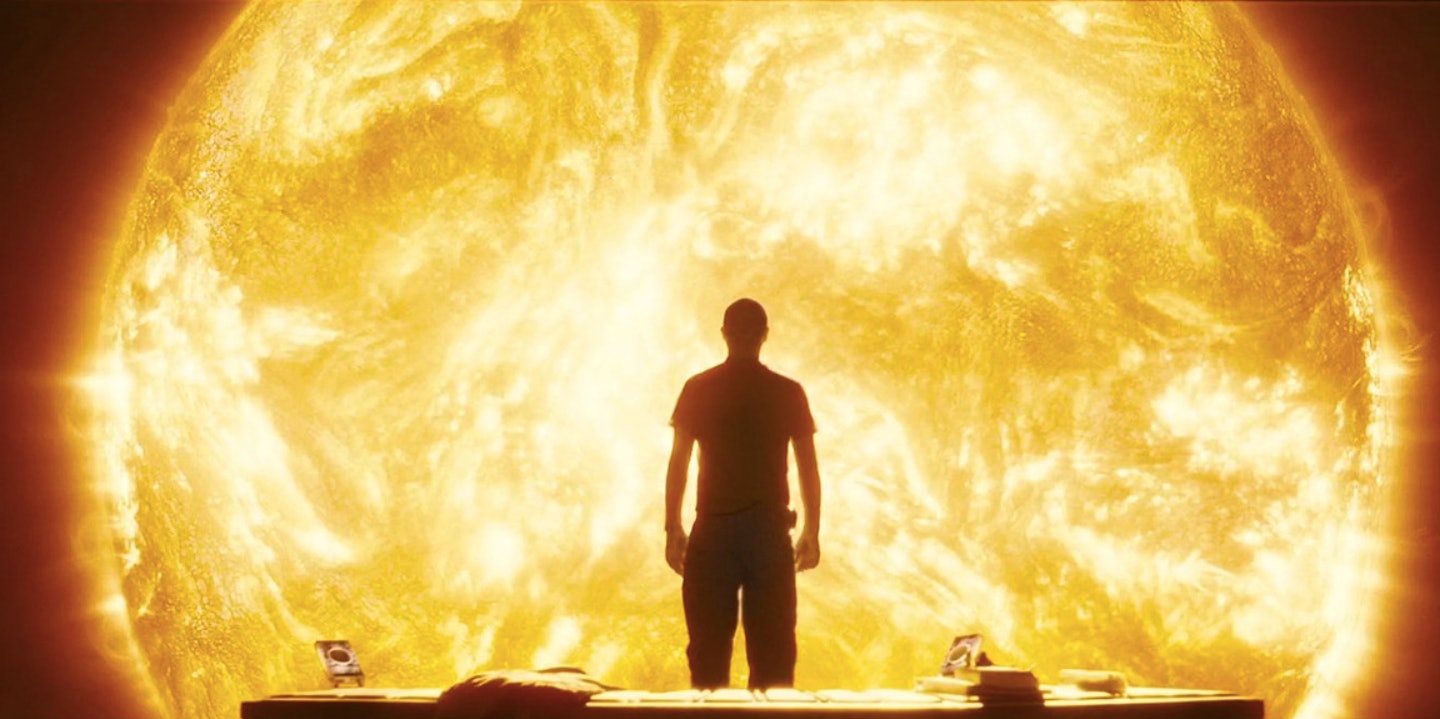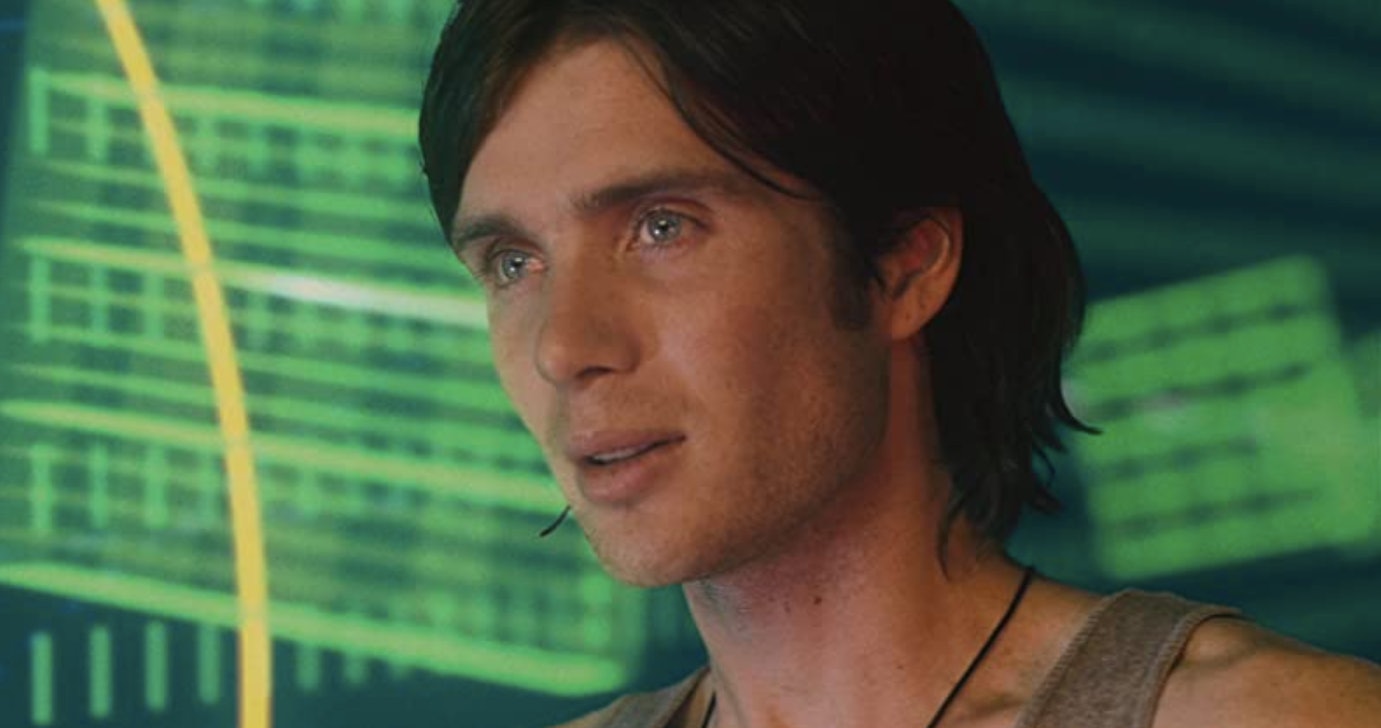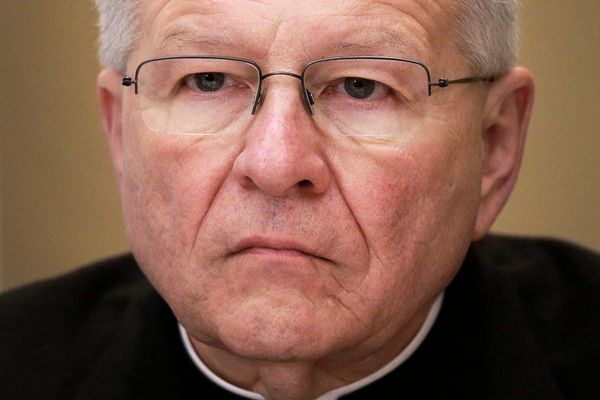
After fulfilling his lifelong ambition to direct a sci-fi movie, an exhausted Danny Boyle admitted he’d never go near the genre ever again. Those who prefer their space thrillers to double as credible academic journals will probably be just as relieved the Brit has since stayed true to his word.
2007’s Sunshine is many things: a visually dazzling Kubrickian odyssey, a brooding meditation on the sheer fragility of life, a subtle psychological study that descends into monster horror. Scientifically accurate, however, it is not.
That’s par for the course for most Hollywood space-bound efforts — no one is blaming Star Wars for bypassing Einstein’s theory of relativity — but Boyle’s ensemble piece, which celebrates its 15th anniversary this month on July 20, did initially attempt to root itself in pure science.
Teaming up with Boyle for a third time after The Beach and 28 Days Later, screenwriter Alex Garland got his first creative spark for the project in the hypothesis that the universe will eventually consist of nothing but exploded stars and black holes. Having passed on the opportunity to direct Alien Resurrection over concerns he’d be pressured to make a straightforward action movie, Boyle jumped at the chance to make a more cerebral sci-fi.
The future Oscar winner soon assembled a stacked cast that included Chris Evans, Rose Byrne, and Michelle Yeoh to play a group of astronauts 18 months into a mission to save the dying sun. And impressed with his contributions to the long-running BBC series Horizon, University of Manchester professor of particle physics Dr. Brian Cox was invited to consult on the logistics behind such a scenario.

Garland and Boyle didn’t make things easy for the man who would also inform Cillian Murphy’s physicist character. The sun is predicted, of course, to go out in roughly five billion years, but in order to make the saving of mankind that little more relatable, Sunshine was set just a half-century into the future. Cox subsequently leaned on Harvard physicist Sidney Coleman’s theory of Q-balls — “giant agglomerations of supersymmetric particles that could, if they drifted into the heart of a star, eat away like a cancer, eventually destroying the star from within."
So far, so seemingly plausible. However, another physicist and a leading figure in Q-ball research, Alexander Kusenko at the University of California, argues this agglomeration is so dense (a billion times more than an atomic nucleus, to be exact) it would simply glide through the sun “like a knife through whip cream.” Georgi Dvali, now a director at Munich’s Max Planck Institute for Physics, claims this process’ released energy would cause another problem: mass radiation.

Furthermore, the uranium “stellar bomb” used to reignite the sun would need to be a billion times bigger than the one in Sunshine to make any impact. Civilization is likely to already have been evaporated by this point, anyway, and even if there were enough humans left to launch such a rescue mission it would apparently take several millennia for Earth to benefit from the results.
To be fair, even Cox himself acknowledges his ideas were pie in the sky, reminding naysayers in an interview with Sci-Fi Online that Sunshine isn’t meant to be a documentary. That said, Boyle did previously talk of the film being a case of “science possible, not science impossible.” And the fact CERN in Geneva was used to stage a press event is further evidence the film wasn’t presenting itself as pure hokum.
Boyle doesn’t just take creative license with the central narrative, either. Despite learning in person that weightlessness doesn’t equal slow motion during a trip in the NASA simulator known as the Vomit Comet, the filmmaker still adopted the Hollywood trope for aesthetic purposes. And although the ominously-named Icarus ship wouldn’t have made any sound in the vacuum that is deep space, it was still allowed to whoosh as emphatically as the Starship Enterprise.

The Zero-G adventure, in particular, proves Boyle did put in the prep work. He also joined the cast on a nuclear submarine tour to gain experience of living in such claustrophobic conditions and absorbed works such as the documentary For All Mankind, Oscar favorite The Right Stuff, and Moondust (a book by Andrew Smith featuring interviews with the nine surviving men to have walked on the moon). He just chose to ignore most of what he found.
That even includes the international make-up of the Icarus crew. Boyle had been advised that in 50 years’ time other international space programs would be as similarly advanced as the Chinese and American. Concerned the crew would appear too divergent, however, they were instead only represented by two nationalities (and all with Stateside accents, obviously).
Boyle did at least take a few NASA recommendations on board, including the presence of the oxygen garden lovingly tended to by Yeoh’s biologist Corazon and the various daily routines which would prevent the crew from losing their sanity. But despite these odd concessions to the truth, Sunshine is almost as far removed from reality as any lightsaber fantasy.







